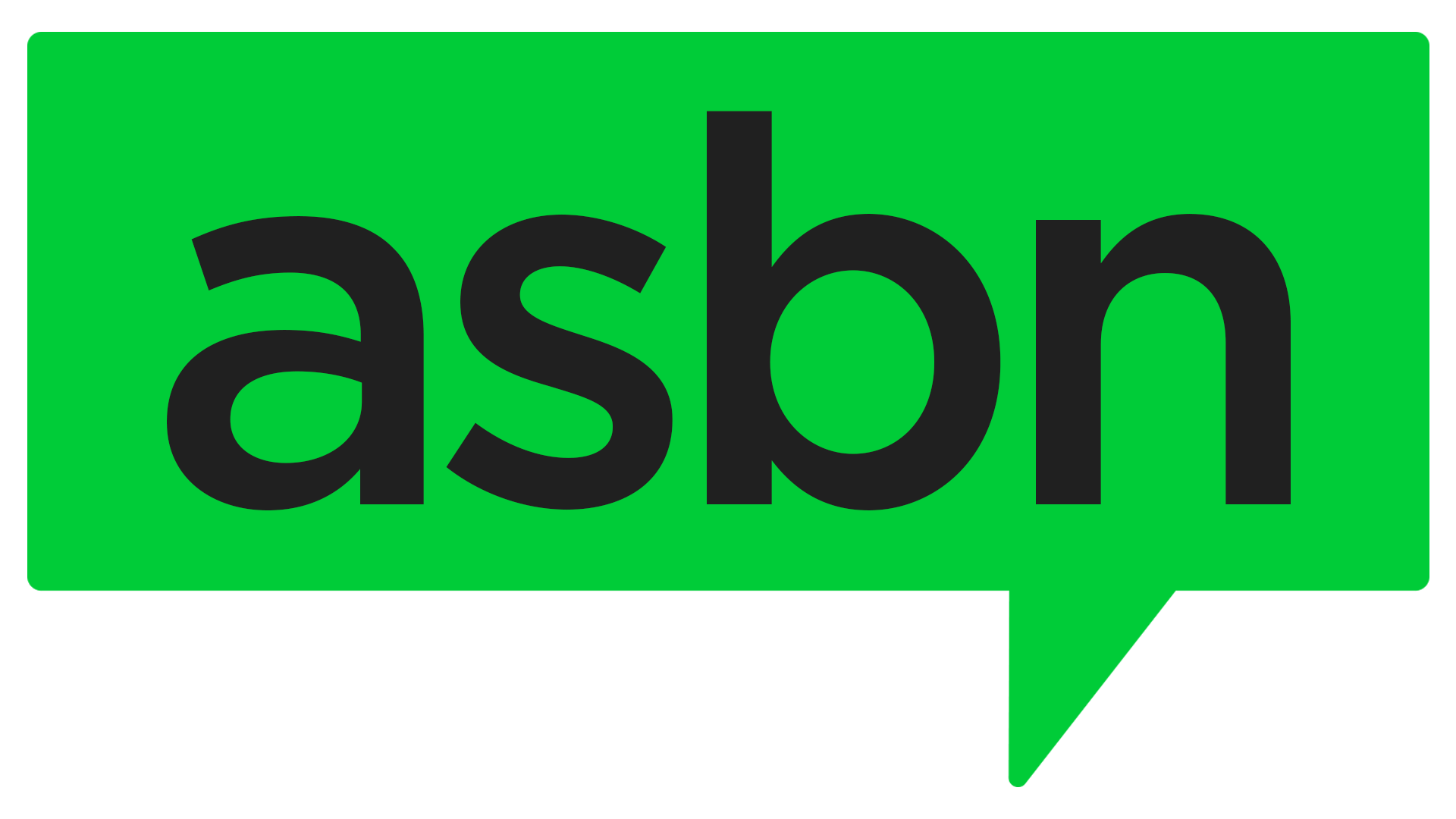Small business optimism rose three points to 98.8 in May, slightly above the 51-year average, according to NFIB’s May 2025 Small Business Optimism Index Report. The key drivers behind the increased optimism were expectations for better business conditions and higher real estate sales volume. The Uncertainty Index increased by two points to 94.
Although optimism recovered slightly in May, uncertainty remains high among small business owners and is likely to persist until the most significant issues are resolved. Despite the uncertainty, the American entrepreneurial spirit remains steadfast. The net percentage of owners expecting better business conditions grew by 10 points to a net seasonally adjusted 25%. In addition, the net rate of owners expecting higher sales volumes also grew by 11 points to a net, seasonally adjusted rate of 10%.
Top business problems
Eighteen percent of the surveyed small business owners cited taxes as their single most important problem. This is the highest ranking since December 2020.
Sixteen percent, a 3-point decrease from April, of small business owners ranked labor quality as their biggest problem. Fourteen percent of owners reported inflation as their biggest problem, remaining unchanged from April. Labor costs rose by one point to 9%, and poor sales and concerns about regulation both held steady at 9%.
Employment and hiring trends
Thirty-four percent of owners report having job openings that they can’t fill, remaining unchanged from April. Fifty-five percent of owners are actively hiring, and 86% reported receiving very few to no qualified applicants.
The number of business owners planning to create new jobs fell by 1 point in April to 12%. Only 26% of owners were able to raise compensation, a 7-point decrease from April. Meanwhile, 20% of owners are actively planning to increase compensation, which is a 3-point increase.
Capital investment
Twenty-two percent of owners plan capital outlays in the next six months, marking the highest level in 2025 so far.
However, during the past six months, only 56% of companies made capital outlays, which is the lowest rate of the year. Of those owners making expenditures, 40% was spent on new equipment, 26% on vehicles, 15% on facility improvements, 10% on fixtures and furniture, and 5% on buildings or land.
Prices and profitability
Twenty-five percent of owners reported an increase in their average selling prices, which remained unchanged from April. Thirty-one percent plan to raise prices, up three points.
There is a concerning decline in the frequency of positive profit reporting. A net -26%, a five-point decline. Of the owners who reported lower profits, 36% attributed this to weaker sales, 13% to a rise in material costs, and 8% to labor costs.
Of the small business owners who reported positive profit gains, 52% attributed this to strong sales, 27% to a seasonal change, and 8% to higher selling prices.
Expansion and financing
Only 10% of the small business owners surveyed believe that it is a good time to expand. While this reading is low, it is a slight uptick in sentiment, rising by 1 point from April.




 ASBN, from startup to success, we are your go-to resource for small business news, expert advice, information, and event coverage.
ASBN, from startup to success, we are your go-to resource for small business news, expert advice, information, and event coverage.